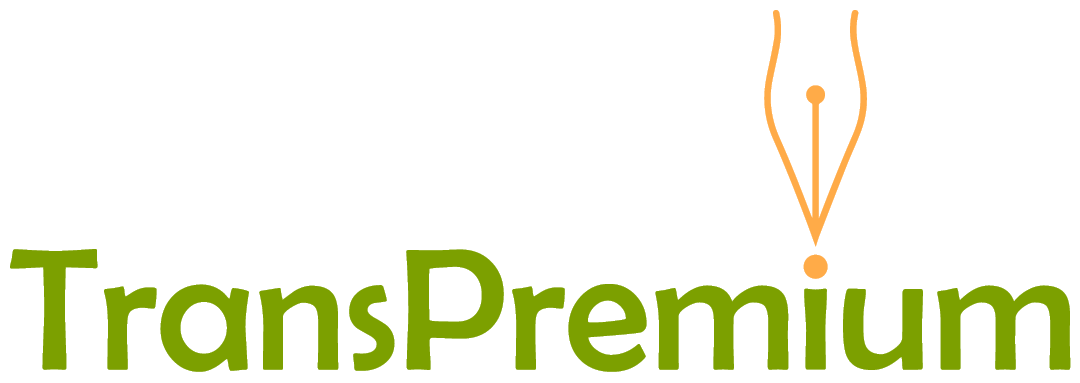
What Are The “Three Words” Of Your Enterprise?
A good and simple method of determining a brand’s character (or how well its presence has been marketed) is to have any random consumer describe them in three words, without using the name name explicitly. So for example, Disney would likely generate the response “magical, childhood, iconic,” and words to that effect. Coca-Cola may conjure “refreshing, timeless, available.”
You can find your own word tree by surveying your consumers and putting the most frequent responses into a graph. This might sound like something of a rudimentary plan with no real insight, but the truth is that the accessible and easy-to-ask question grants you an immediate picture of how people view you, without having to read endless reviews.
So – what are the “three words” of your enterprise? Moreover, how can you shift your brand perception to be more in line with the words you’d like to be associated with? In this post, we’ll determine a few measures you can take for such a result:
Identify What Words Really Mean
You’re most likely aware of the phrase “read between the lines.” It denotes that what’s said isn’t always the full spectrum of the message being communicated. Companies use this all the time in their copywriting, especially when considering what keywords to use. For example, a firm that focuses on affordable products will often suggest “value” or “quality” to mean “cheap for consumers” and “good enough.”
That last point might seem a little harsh, but remember, a luxury brand selling high-quality goods is much more likely to use “premium” than quality, to denote how much more quality their goods are compared to those on the market. As you can see, words can leave more of an impression than you think.
Substance Or Surface?
It’s important to think about how the substance of your operations contributes to how people refer to it, as opposed to the surface level descriptors some might use for you. So for example, it may seem that “trendy, fitting, durable” are absolutely fantastic descriptors to have for your fashion brand, and they are, but they mostly discuss the products you sell and not necessarily the wider gamut of what your brand is known for.
Instead of settling for this, you might invest in marketing initiatives that bring you closer to “timeless, premium, sustainable,” as these help to showcase not only your product qualities, but how your brand character influences the properties of said products. It’s a slight distinction but one to keep in mind if you’re hoping to track certain SEO keywords or hire a copywriter to nail your brand voice.
Crafting A Compelling Brand Narrative
Ultimately, reference points are just that, tools used to measure or reference where we are and what we do. To earn the reference, you have to walk the walk. That might involve investing in sustainable drives in your industry, publishing full transparency reports on what you’ve achieved in the environmental space every six months, or an employee spotlight that helps you showcase your people and how proud you are of them. Perhaps you’ll showcase your dedication to quality by making your partnership with other firms, like a private label supplement manufacturing firm, clear to your audience.
Moreover, a brand narrative helps people even care about labelling you with those three words in the first place, instead of moving on to whatever else they have going on while listening to the marketing spiel of other companies.
Negative Three-Words Hold Value
If you ever launch a survey asking what three words your audience associates with your company, also ask for three negative or less positive three words. This can also help you understand, without having to dig into a million Trustpilot reviews, what your selected respondents may think of your company when it’s not performing at its best. Distilling this into singular words means they really have to think about issues they’ve noticed. You can make this optional of course, and also recommend they leave the section blank if they can’t think of any.
For example, “inconsistent” might demonstrate a product line or logistics apparatus that doesn’t deliver as expected, while “expensive” might simply mean that you’re priced a little higher than discount or other competition on the market, which isn’t to be taken too seriously. You don’t need to base your profile or character around negative insights like this, but they can also help you understand if there’s any variance between a positive descriptor and negative in relation to your firm.
With this advice, you’ll be certain to use a simple three-word trick to get a better idea of how your audience views you. You can then use that information to move perception in the right direction.






